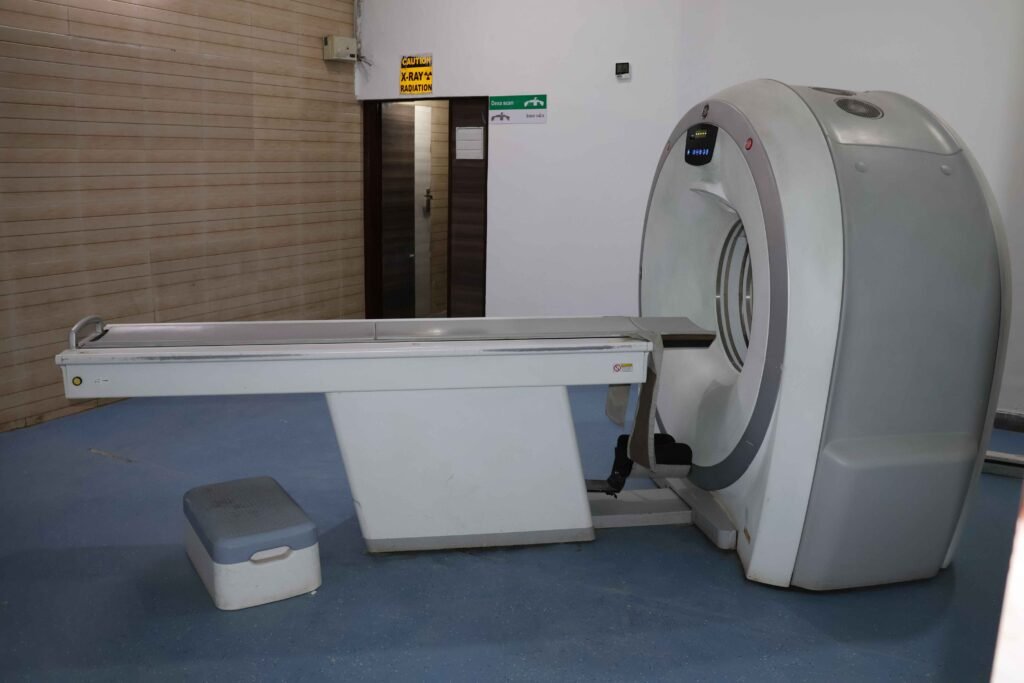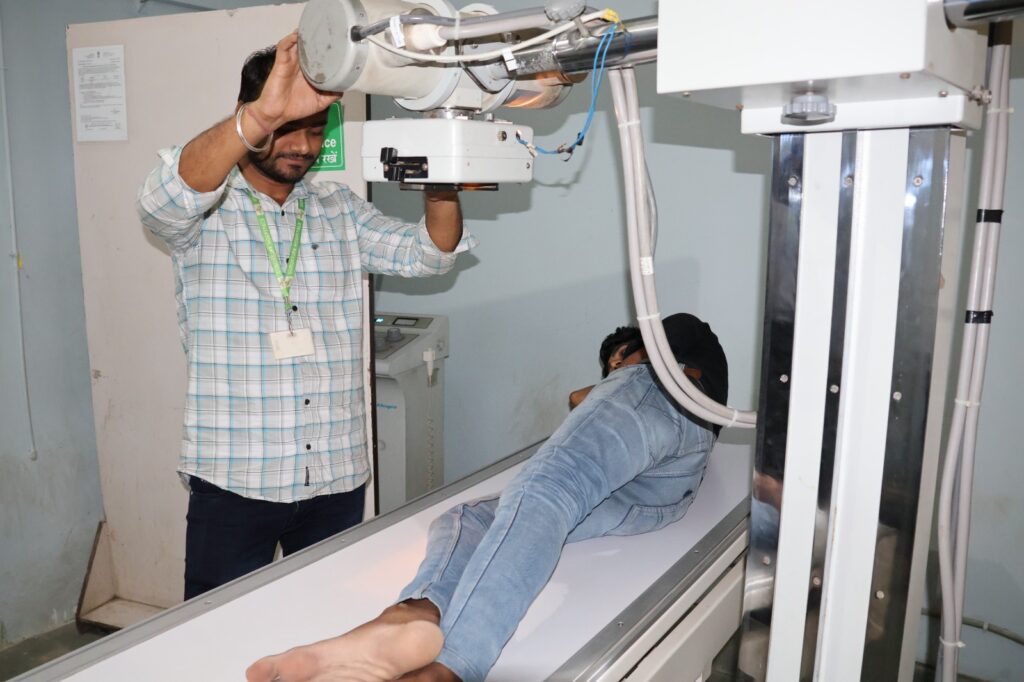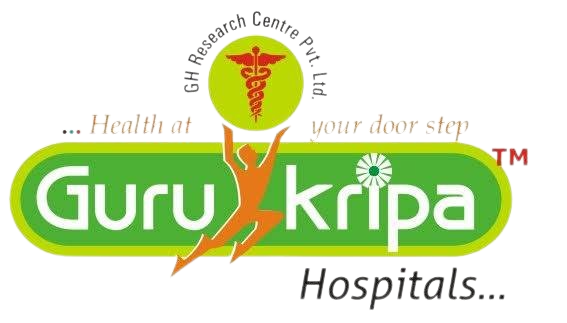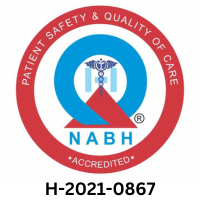
Radiology is a medical specialty that uses imaging to diagnose and treat diseases seen within the body. Radiologists use a variety of imaging techniques such as X-ray, ultrasound, computed tomography (CT), nuclear medicine including positron emission tomography (PET), and magnetic resonance imaging (MRI) to diagnose and/or treat diseases.
Interventional radiology is the performance of (usually minimally invasive) medical procedures with the guidance of imaging technologies.
Diagnostic Imaging in SIkar
The radiology department may also be called the X-ray or imaging department. It is the facility in the hospital where radiological examinations of patients are carried out, using the range of equipment listed above.
Radiographers use a range of techniques including:
- X-rays – used to look through tissue to examine bones, cavities and foreign objects. May be used with contrast agents to provide a live motion image, eg:- fluoroscopy to image the digestive system, or angiography to investigate blood vessels. Visit now Gurukripa Hospitals for Diagnostic Xray in Sikar.
- CT (computed tomography) – provides cross-sectional views (slices) of the body allowing disease to be identified and localised. Visit now Gurukripa Hospitals for CT Scan in Sikar.
- Nuclear Medicine – uses radioactive tracers which can be administered to examine how the body and organs function, for example the kidneys or heart. Certain radioisotopes can also be administered to treat particular cancers such as thyroid cancer.

Techniques that do not use ionising radiation are:
- Ultrasound – uses high frequency sound. This technique is widely used in obstetrics, gynaecology and paediatrics and for patients with abdominal, vascular or musculoskeletal conditions
- MRI (magnetic resonance imaging) – provides high quality imaging of body parts without the need for radiation.






